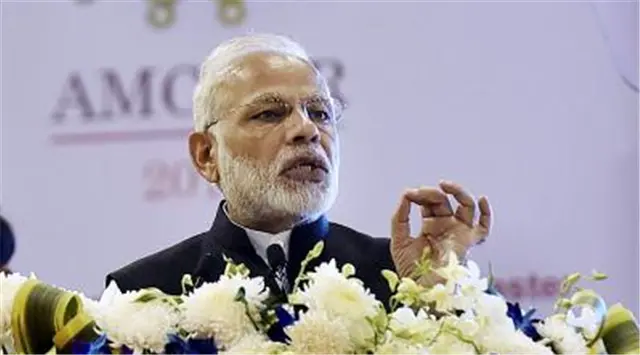India Prime MinisterNarendra Modion Thursday stressed on building elements ofdisaster risk reductioninto all development projects, global risk mapping for all type of disasters and use of social media for disaster risk management, as part his10-point agendafor renewing efforts for disaster risk reduction.
Addressing delegates from over 40 countries at the Asian Ministerial Conference on Disaster Risk Reduction, the first after adoption ofSendai Framework,Modireferred to the post-earthquake recovery after the devastating Gujarat quake of 2001. "In my experience, the more we relied on people's own leadership, the better were the outcomes...For example, when we entrusted the community the task of reconstructing a school, the earthquake-resistant building was completed in time, at a lesser cost, and the savings were returned to the government," he recalled.
While hailing efforts in the recent past to mitigate impact of cyclones and tsunamis, the PM said there were daunting challenges ahead, with rapid urbanization in Asia-Pacific concentrating people, property and economic activity in smaller areas, many of them in disaster-prone locations.
Sharing a 10-point mantra for better disaster risk reduction, Modi said all public expenditure on development projects should take into account risk considerations. "In India, the 'housing for all' programme and 'smart cities' initiative represent such opportunities. Secondly, he called for risk coverage for all, from poor households to small/medium enterprises to MNCs to nation states. He mentioned the government'sSuraksha Bima Yojanaand Fasal Bima Yojana in this context.
Other solutions in the 10-point agenda included risk mapping globally for chemical hazards, forest fires, cyclones and floods; leveraging technology to enhance efficiency of disaster risk management efforts; greater involvement of women leaders in managing disasters; working with universities and communities; developing social media applications for all aspects of disaster risk management; studying past disasters to "build back better"; and, finally, greater cohesion in international response to disasters.
(TIMES OF INDIA)
 简体中文
简体中文

